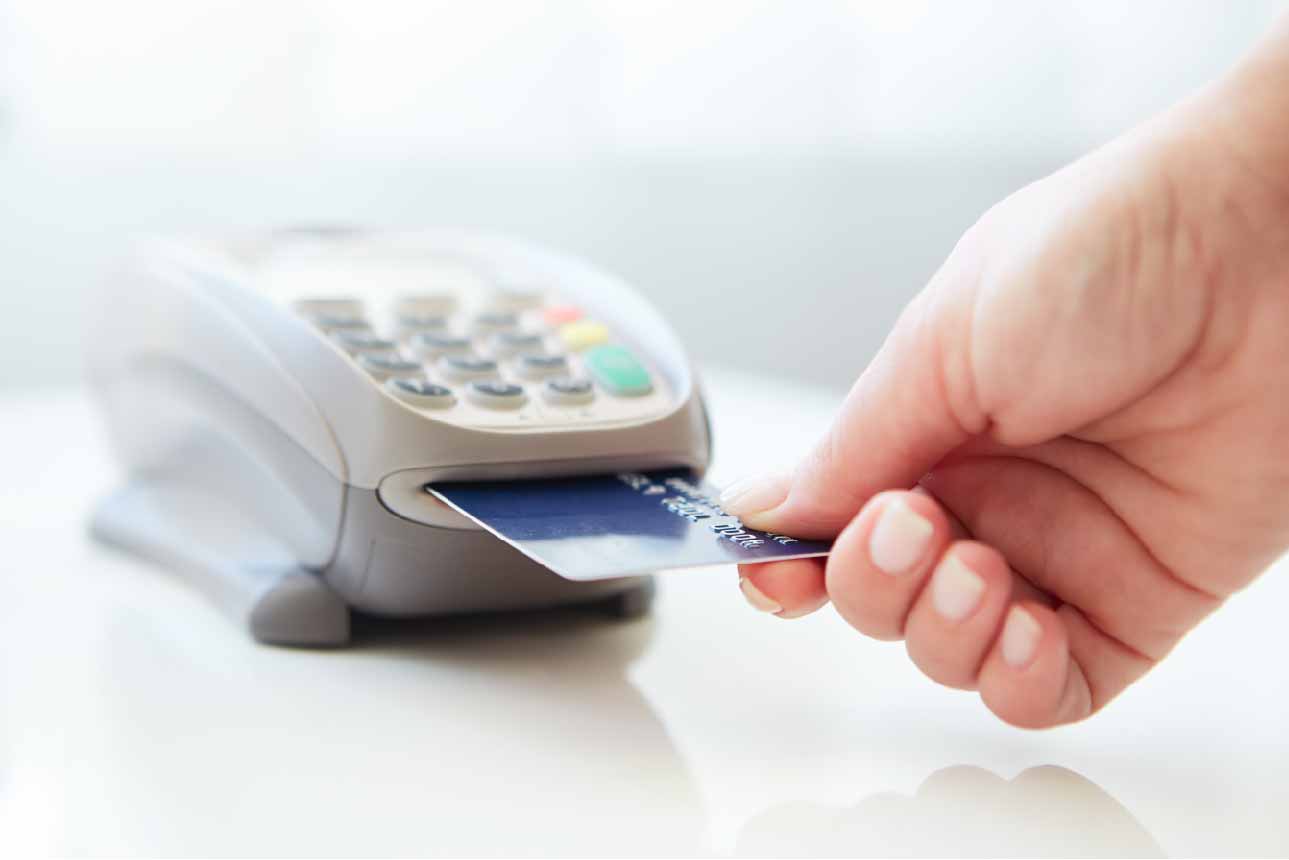
Oh the times, they are a changin’.
As of April, major credit card companies no longer require a signature when you swipe your credit card at the store. This doesn’t mean you won’t have to sign; it simply means stores are no longer required to collect one. Several major companies have already done away with signatures and many more will likely join in the months to come. So what does this mean for you, the consumer?
When you think about the use of the signature, the decision to do away with it is logical. We’ve all used an electronic signing machine where our signature is completely illegible. Maybe you have even given up and just draw a line or scribble on the pad. The security a signature once provided no longer exists. Rarely does anyone check to see if the signature matches the one on your ID, and no one questions you if it isn’t legible.
This all sounds like terrible news for card security then, right?
Wrong. Several years ago we started a transition to EMV Chip Cards. And with this new technology comes new ways to keep you secure. The chip card has made it more difficult to counterfeit a card. A chip is also designed to generate a code for each transaction you make. This makes no two transactions the same; which, additionally, makes it more difficult to hack the card and counterfeit it.
Contrary to some beliefs, chip technology is not brand new. They have had chip cards in Europe for many years, to the point where non-chip cards have nearly become unusable when you are traveling overseas.
It’s important to keep in mind that while the chip is a technological advancement designed to make it more difficult for a hacker to take your money, having a card will not automatically protect you from all forms of fraud. You’ll still want to make sure your computers and devices are secure, protect your passwords, and also continue to keep track of your physical card. If you lose your card it still remains just as important for you to contact someone at your local Central bank branch, or contact the call center, notifying us the card was lost and needs to be shut off.
To learn more about keeping your information and account secure, visit our blog at one of the following links depending on the topic of your interest:
http://blog.centralnational.com/category/fraud-identity-theft/
http://blog.centralnational.com/category/technology/
Whether or not you have to sign the receipt will ultimately be determined by the merchant, but we think it’s time to focus on the positive aspects of this change. Doing away with the signature requirement will make transactions quicker, saving you time in the store. And it also means less awkward scribbling on a digital screen with a bulky plastic stick, which means less time apologizing for the illegible signature that follows.
